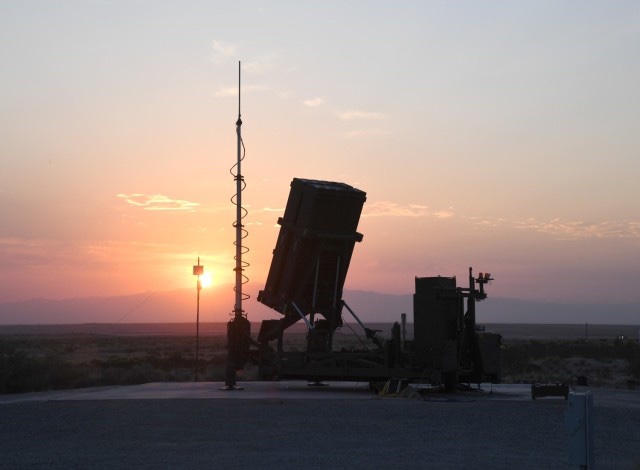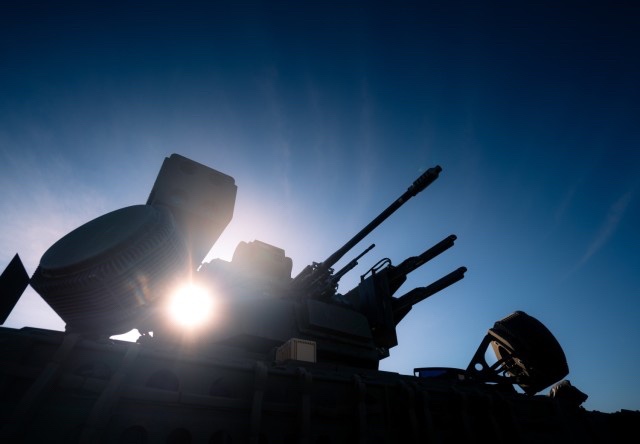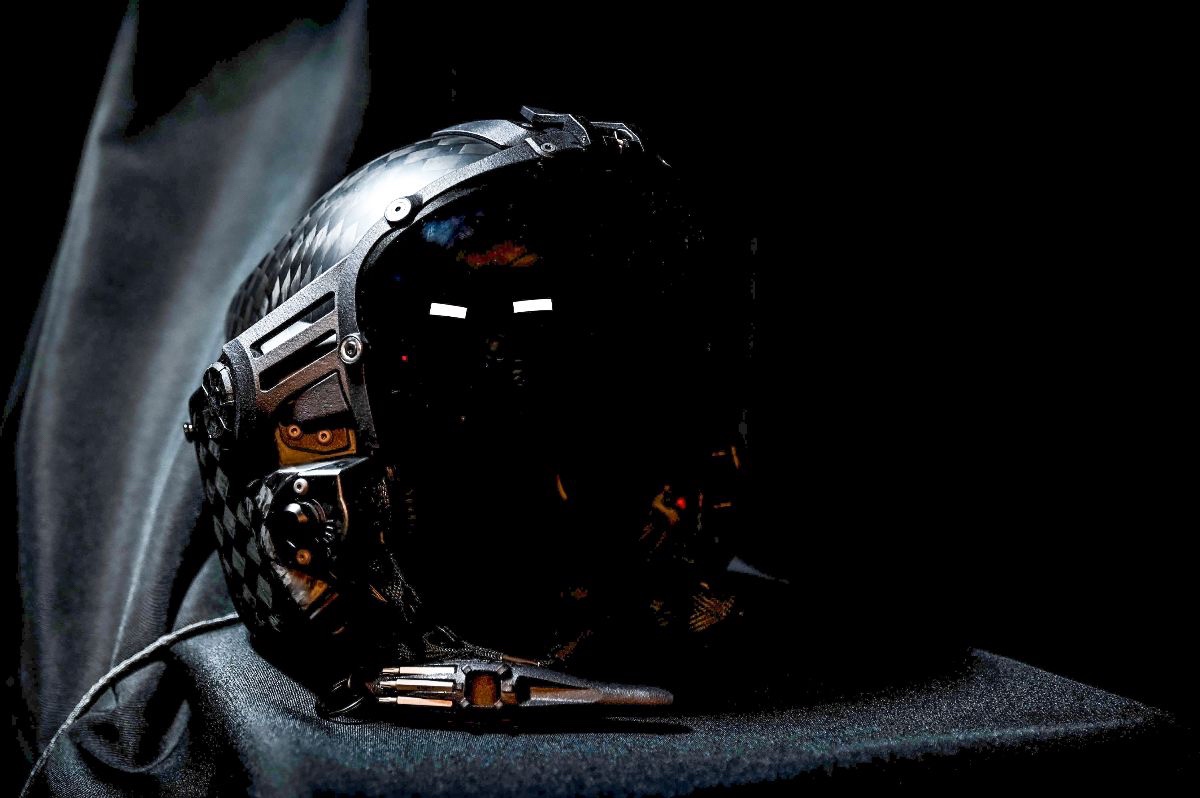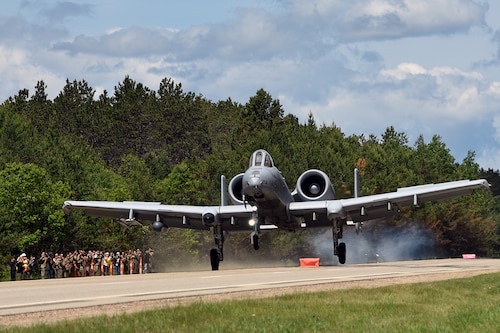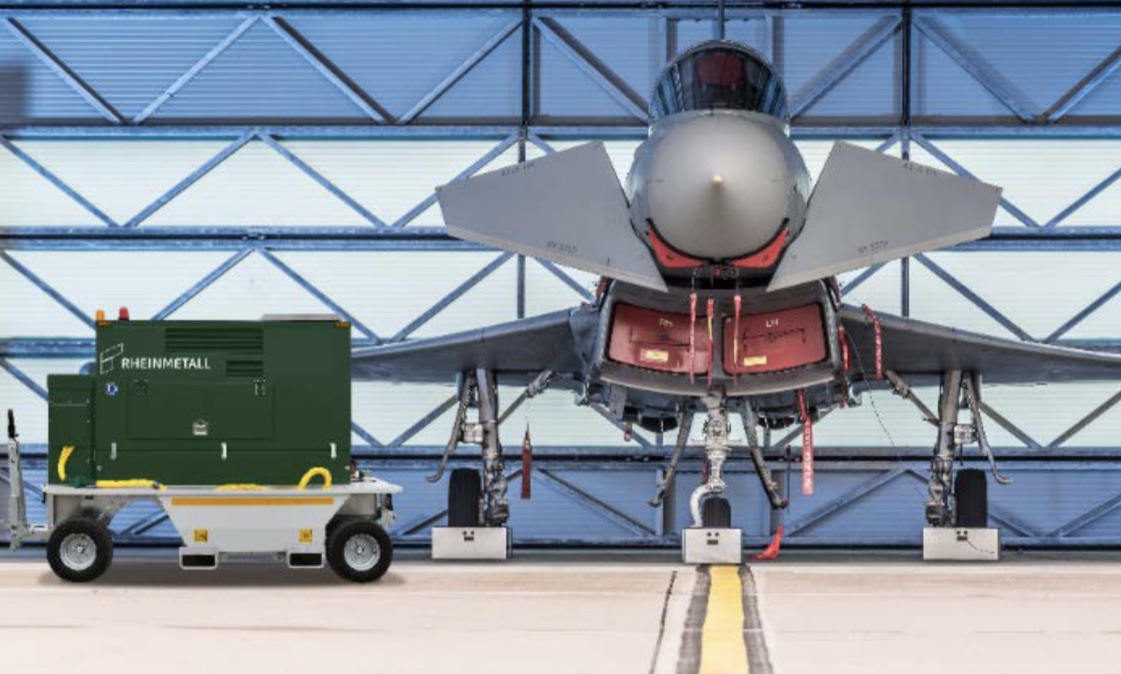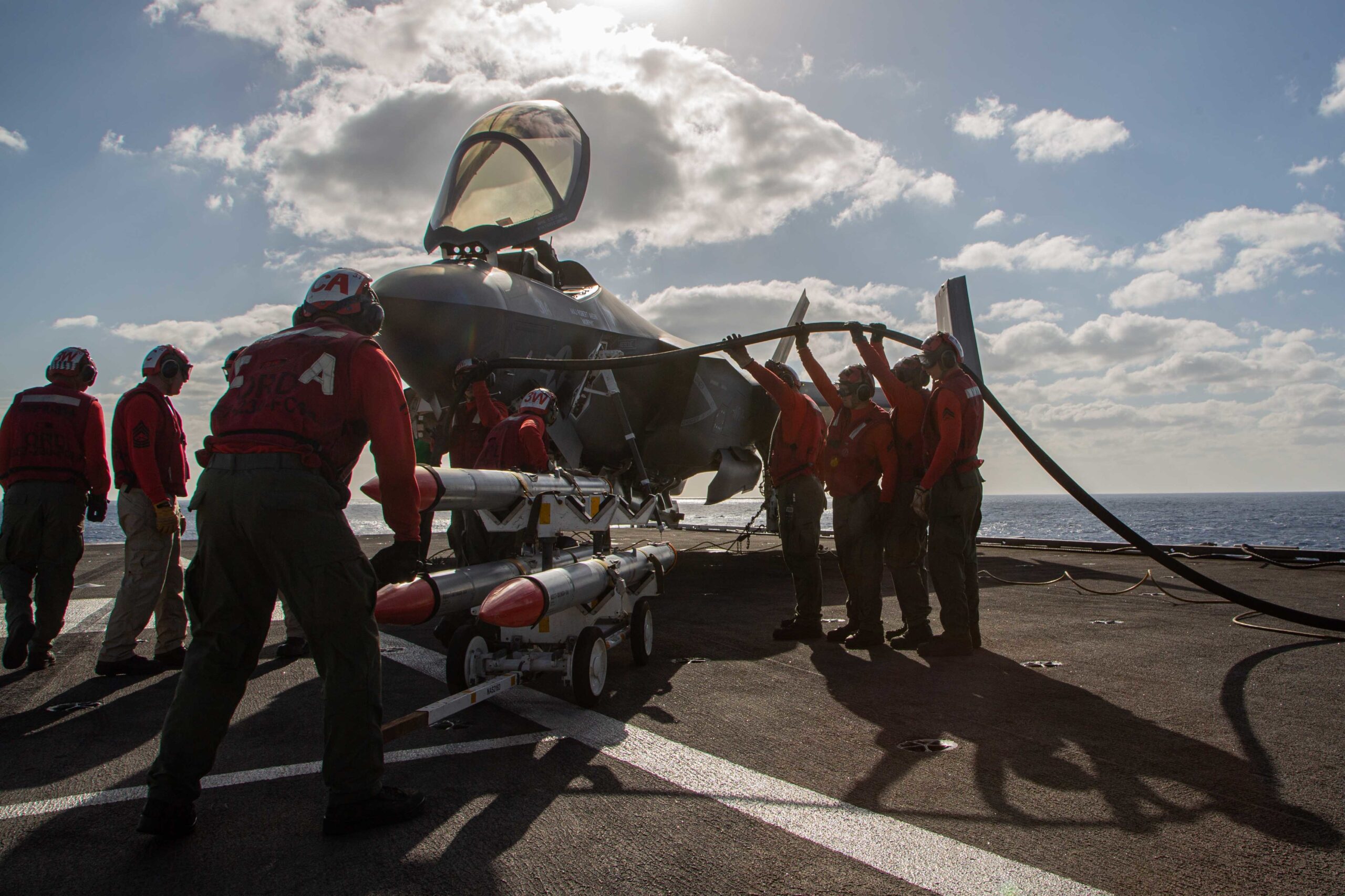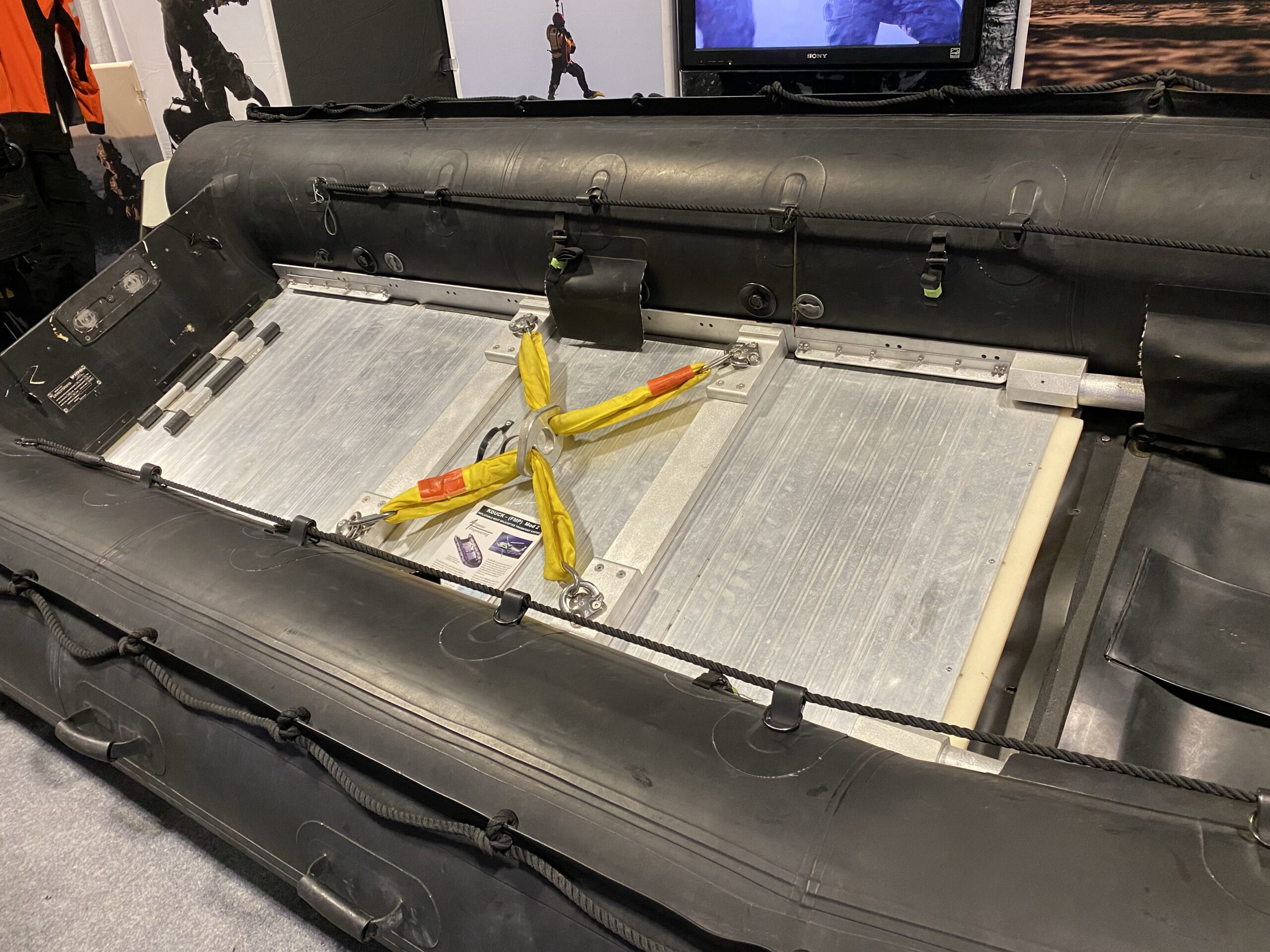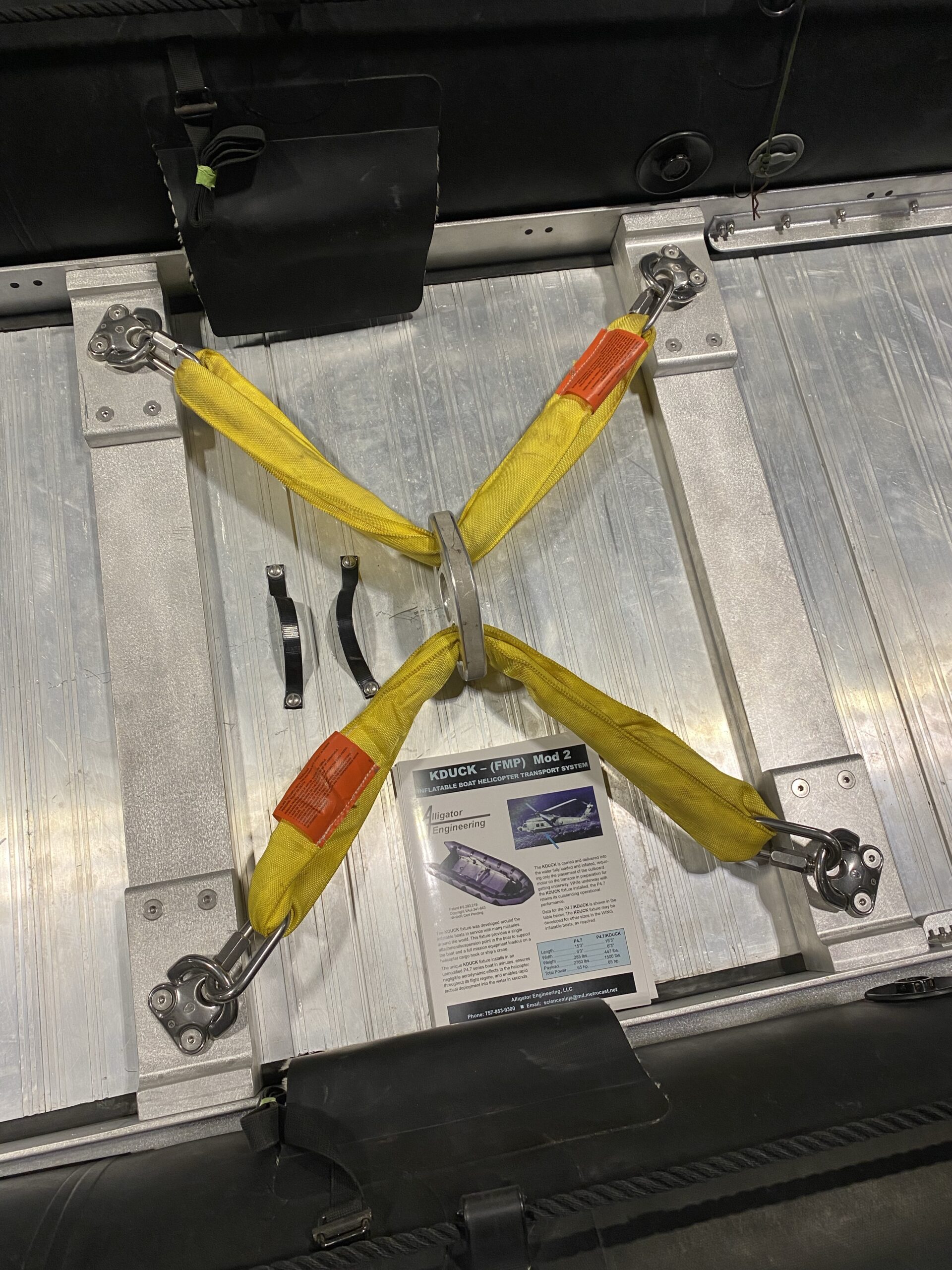GILZE-RIJEN AIRFORCE BASE, Netherlands – Senior leaders from the United States Army and the Netherlands Ministry of Defence signed a Future Rotorcraft Concept Analysis Project Arrangement today, pledging to work together to ensure interoperability between the two nations’ future rotorcraft aviation forces.
Under the arrangement signed by Douglas Bush, Assistant Secretary of the Army for Acquisition, Logistics and Technology, and Maj. Gen. André Steur, National Capability Director for the Netherlands Ministry of Defense, the two nations will share information about their future rotorcraft requirements and programs. Through this joint analysis, the U.S. and Netherlands will be able to assess the benefits, risks and overall feasibility of rotorcraft cooperation between the two allies. This arrangement is in addition to already existing partnerships the Netherlands has with the U.S. Army to collaborate on the detection and decontamination efforts of Chemical, Biological, Radiological, Nuclear, and high yield Explosives and Weapons Systems Effectiveness and Operation Research.
Objectives of this project arrangement include:
• Identifying opportunities to reduce future rotorcraft program cost, schedule and performance risk.
• Enabling and improving rotorcraft interoperability and integration between the armed forces.
• Assessing the feasibility of and identifying and assessing risks associated with pursuing future cooperation in the research, development, test and evaluation, production, sustainment, and follow-on development of future rotorcraft.
• Providing the two nations with information to use in their respective national decision-making processes.
• Promoting future rotorcraft cooperative research, development, testing and evaluation.
• Developing plans for cooperation in future phases of the U.S. Department of Defense Future Vertical Lift program.
“I’m glad to be signing this important arrangement with our steadfast Dutch NATO allies. This arrangement further strengthens our defense relationship, specifically when it comes to the future of our air capabilities,” Bush said. “Technological cooperation through arrangements like this improves our ability to collectively modernize and increase interoperability ensuring we can train and fight alongside our allies and partners more effectively and efficiently.”
The U.S. and Netherlands have a long history of partnership and cooperation, and the FRCA project arrangement is an important step in expanding that relationship into the next generation of vertical lift capability and employment in future coalition operations.
“The signing of this project arrangement is yet another example of the enduring partnership between our countries,” Steur said. “Finding interoperability in a networked coalition, plus exploring and analyzing new concepts for the employment of coalition air power, is key for the future fight. By working together on this program, we ensure a solid and common base for further development of our future rotorcraft capabilities.”
The U.S. Army is modernizing Army Aviation with transformational speed, range and lethality to achieve decision dominance for the Joint Force in Multi-Domain Operations. The two nations will assess collaboration opportunities on the Future Long-Range Assault Aircraft and the Future Attack Reconnaissance Aircraft, the U.S. Army’s aviation modernization priorities, as well as Future Unmanned Aerial Systems, Air Launched Effects, and Modular Open Systems Architecture, among other DoD programs.
The U.S. Office of the Assistant Secretary of the Army for Defense Exports and Cooperation is responsible for negotiating international armaments cooperation arrangements like this one. Leveraging foreign technologies, capabilities and investment supports U.S. Army readiness, modernization and interoperability goals.


